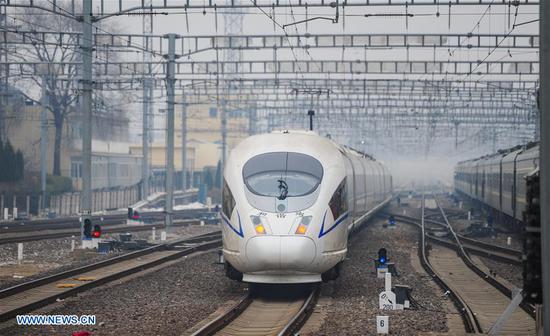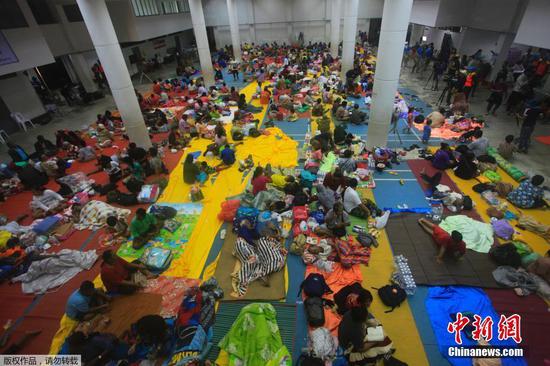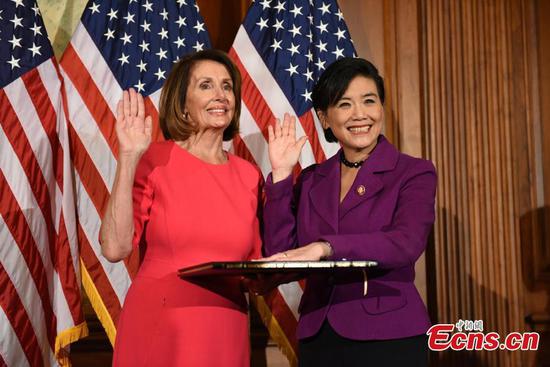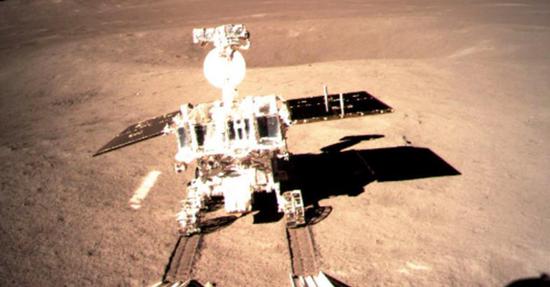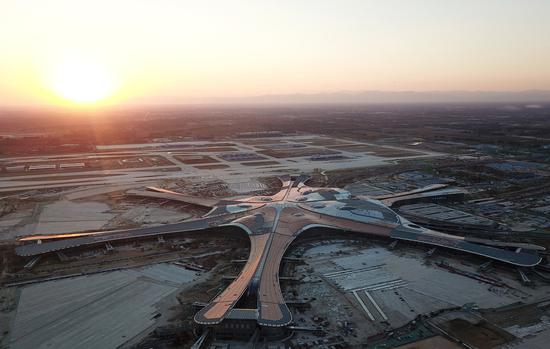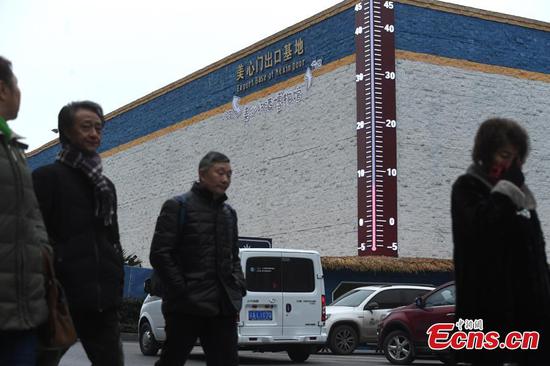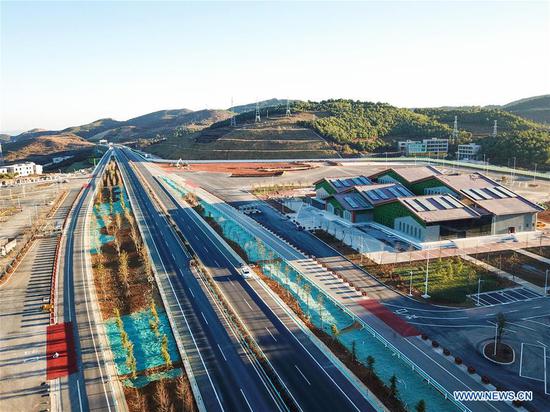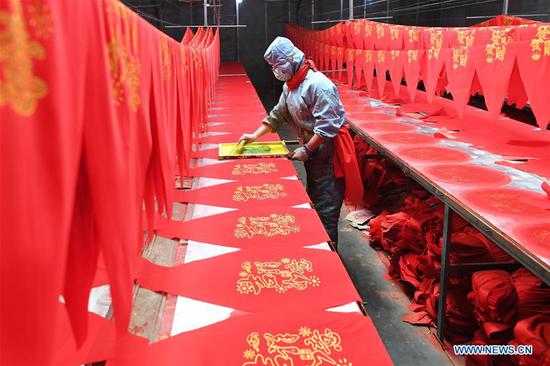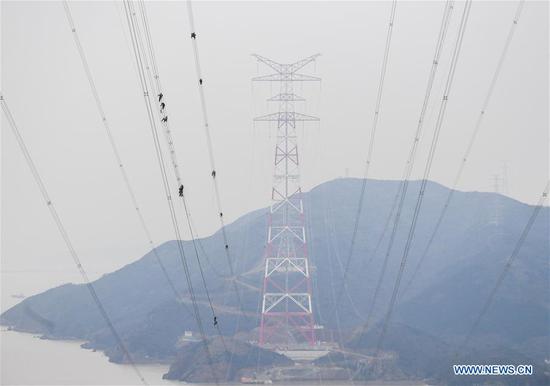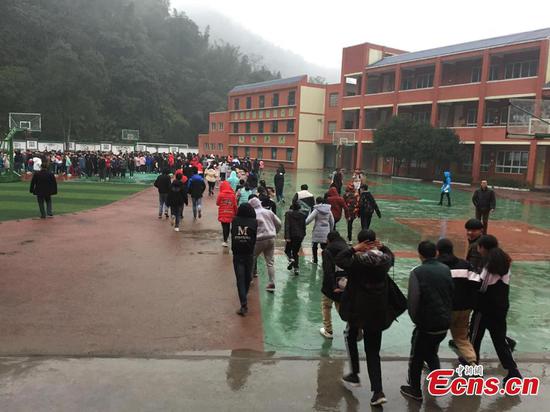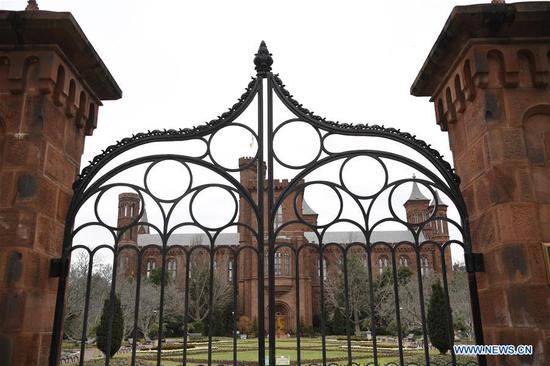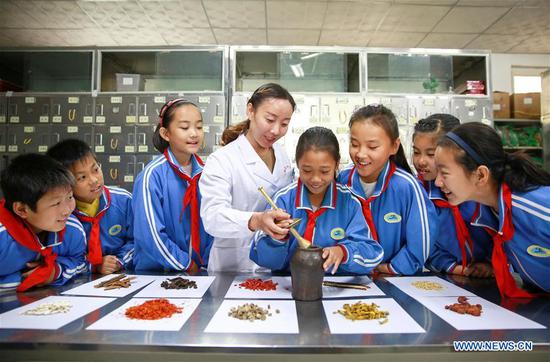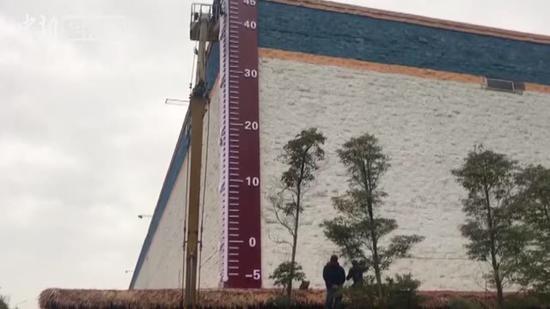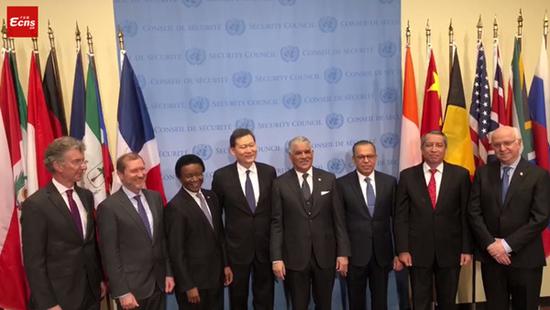On that day, the briefing room was packed, but not just with the usual journalists who cover the briefing, but with foreign correspondents who perhaps weren't regulars. The briefing starts at 10 a.m., and we usually get there by 09:15 a.m. to ensure a good spot for our camera. Yet on this day, people arrived so early that despite being there an hour early, my cameraman had to squeeze into a small spot on the far right-hand side.
Seven of the nine questions heard that day were about the trade dispute between China and the U.S. The Ministry's spokesman, Gao Feng, while reiterating Beijing's stance, said China would retaliate if the U.S. initiated a trade war.
The bilateral trade volume between the two countries exceeded 580 billion U.S. dollars in 2017 – more than 230 times greater than that of 1979, when the two countries established diplomatic relations. Because of the rapid development of trade ties, the intertwining of the two economies has become an inevitable and natural outcome.
Similarly, the U.S. was China's largest market for its exported goods, while China was America's largest source of imported goods in 2017. China's trade surplus with the U.S. soared 13% year on year to about 1.87 trillion yuan, or about 288 billion U.S. dollars in 2017, according to the Chinese General Administration of Customs. The U.S. Department of Commerce had a different version, stating a trade imbalance of 375 billion U.S. dollars with China.
I spoke with many experts and journalists over the course of the past half-year, and despite the two nations' strong words and an intensifying atmosphere, many believe the two governments would somehow manage to resolve the problem before a real “war” would start.
U.S. fired first shot of the trade war
Five rounds of major trade talks have been held by the two sides since March 2018. The latest, taking place in December, included a meeting between the countries' presidents at the G20 Summit in Argentina.
The second round is of peculiar nature, with a series of ups and downs. It started promisingly, with Chinese Vice Premier Liu He leading a delegation to Washington in May. Following face-to-face talks, Beijing said the two sides had agreed to not engage in a trade war, and described the meetings as positive, pragmatic and constructive.
However, ten days later, Washington unexpectedly announced that it would still impose additional tariffs on Chinese goods, and would release an itemized list by July 15.
July 6 was a critical date. It's when the U.S. would impose an additional 25 percent tariffs on Chinese exports worth 34 billion U.S. dollars. (It would impose another 16 billion later.)
On July 5, the day before the planned implementation, I asked the Chinese Commerce Ministry the following: “If the U.S. implements tariffs on Chinese exports with a value of 34 billion U.S. dollars, will China make its own list of American exports subject to tariffs? And if the two countries take these measures, does this indicate the start of a trade war between the two countries?”
Ministry spokesman Gao Feng responded:
“The U.S. initiated this trade war. We don't want to get involved, but to protect the interests of the country and its people, we have to, when it's necessary. China definitely will not fire the first shot, but if the U.S. implements tariffs, China will be forced to retaliate.”
It was for the first time, that a spokesman had used the word “trade war”, instead of “trade dispute”.
China kept to its word, and retaliated by imposing tariffs on American goods at an equal value. The trade “dispute” had now escalated into a full-blown “war”. All the efforts from the first three rounds of talks had effectively fallen apart.
Five days later, the U.S. escalated the situation by announcing new tariffs on 200 billion U.S. dollars' worth of Chinese goods. Washington decided this round of tariffs would be implemented on January 1, 2019.
China labelled the U.S. actions as having a “lack of credibility and unsteadiness”. The Ministry of Commerce stated, “this kind of unilateralism and trade bullying is unacceptable”, and blamed the U.S. for shutting the door on negotiations.
Communication between the two countries was suspended.










